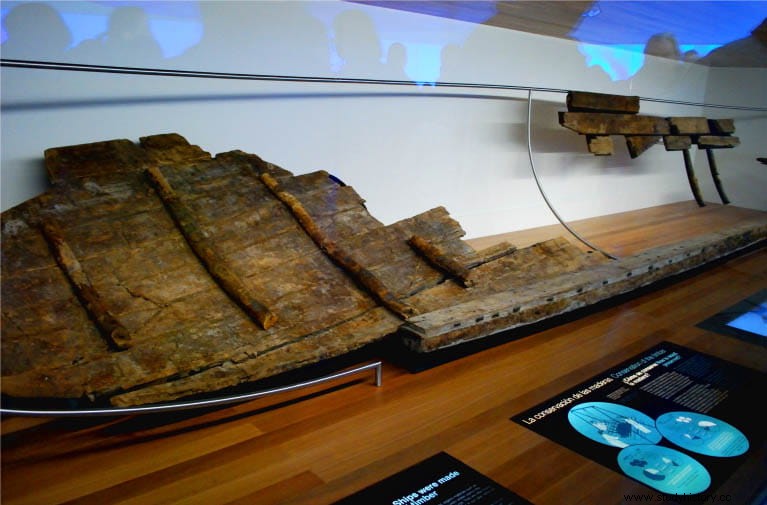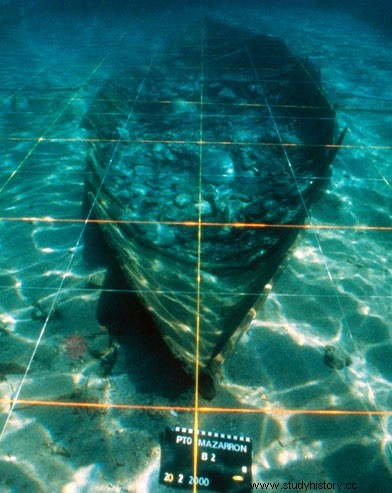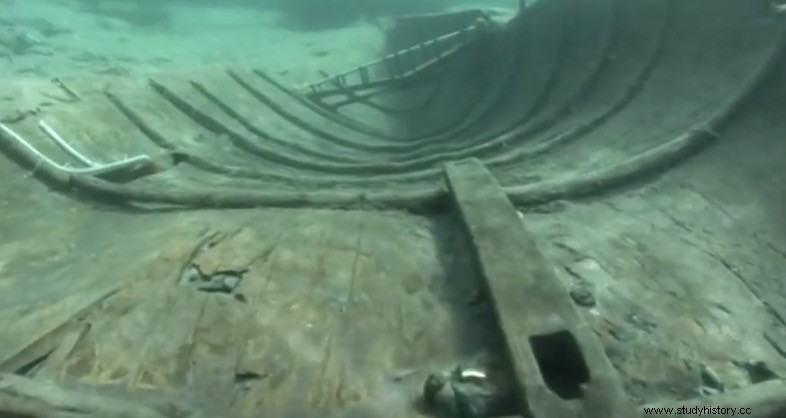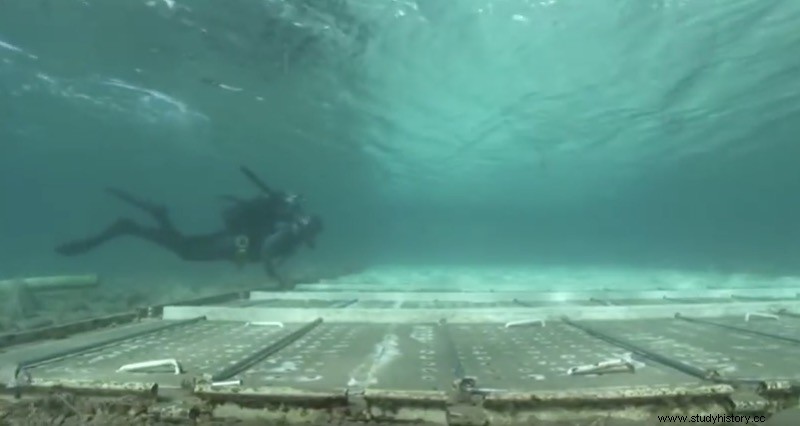To be exact, there are two Phoenician ships found on the coast of Mazarrón in Murcia. The first was discovered in 1988 about 50 meters from the shore and two and a half meters deep in Playa de la Isla.
Only the keel and remains of four frames and some fragments of strakes remained, all covered with a layer of dead oceanic poseidonia that contributed to its conservation. Along with the remains of the ship, more than 8,000 ceramic pieces of all kinds appeared, such as amphorae, plates, glasses, etc. and even metal weapon fragments.
This ship was excavated, removed and restored, and today it is exhibited in the National Museum of Underwater Archeology in Cartagena.

But the most important find was the second ship, whose discovery took place in 1998 and which until now is considered to be the most complete ancient ship found in the Mediterranean. Since then, older wrecks have appeared, but none with the degree of conservation of the so-called Mazarrón II ship .
It is almost complete from bow to stern, with a length of 8.10 meters and a beam of 2.25. It presents almost all the frames and the vegetable fiber with which they were sewn and with which the joints of the hull were caulked.

All the elements retain their original position and curvature, and since the year of their discovery they have been kept in the same place of their discovery, underwater and protected by a metal sarcophagus covered with sand.
Abundant pottery fragments, a hand mill, animal bones and even the anchor have also been recovered from it, in perfect condition, and the first of its kind cane, stock and nail to be discovered in the world.
Both ships, which were built with cypress, Aleppo pine, fig and olive wood, date from the second half of the 7th century BC.
Its main cargo, which has been preserved almost completely in the almost 3 tons of the Mazarrón II , were blocks of lithargy (lead monoxide), a mineral used to separate silver.

This is generally found in nature combined with other metals, and smelting and cupellation with lead ores is necessary to obtain it.
At the end of 2015, the archaeological commission studying the ship decided to bring it to the surface in 2017 to treat it and preserve it for its public exhibition in a museum as close as possible to the site of the shipwreck .

Previously, it was agreed to carry out a comprehensive study that includes a geophysical prospecting and the corresponding immersions with soundings. However, we have not been able to find information about the start of the project as of today.
Apart from the remains of the Mazarrón I which can be visited at the National Museum of Underwater Archeology in Cartagena, an Interpretation Center has been opened in Mazarrón itself, located on Avenida Tierno Galván, with information panels on the wreck, models and graphic material, as well as a reproduction of the Mazarrón II .
It can be visited from Wednesday to Saturday between 10 in the morning and 8 in the afternoon.
